Steep Bank Garden Ideas: Transform Your Slope into a Lush Oasis
Gardening on a steep bank can be both a challenge and an opportunity. It may seem difficult at first, but with the right ideas, you can turn a sloping plot into a beautiful and functional garden space. Whether it’s through creative plant choices or clever landscaping techniques, there are many ways to make the most out of a steep bank.
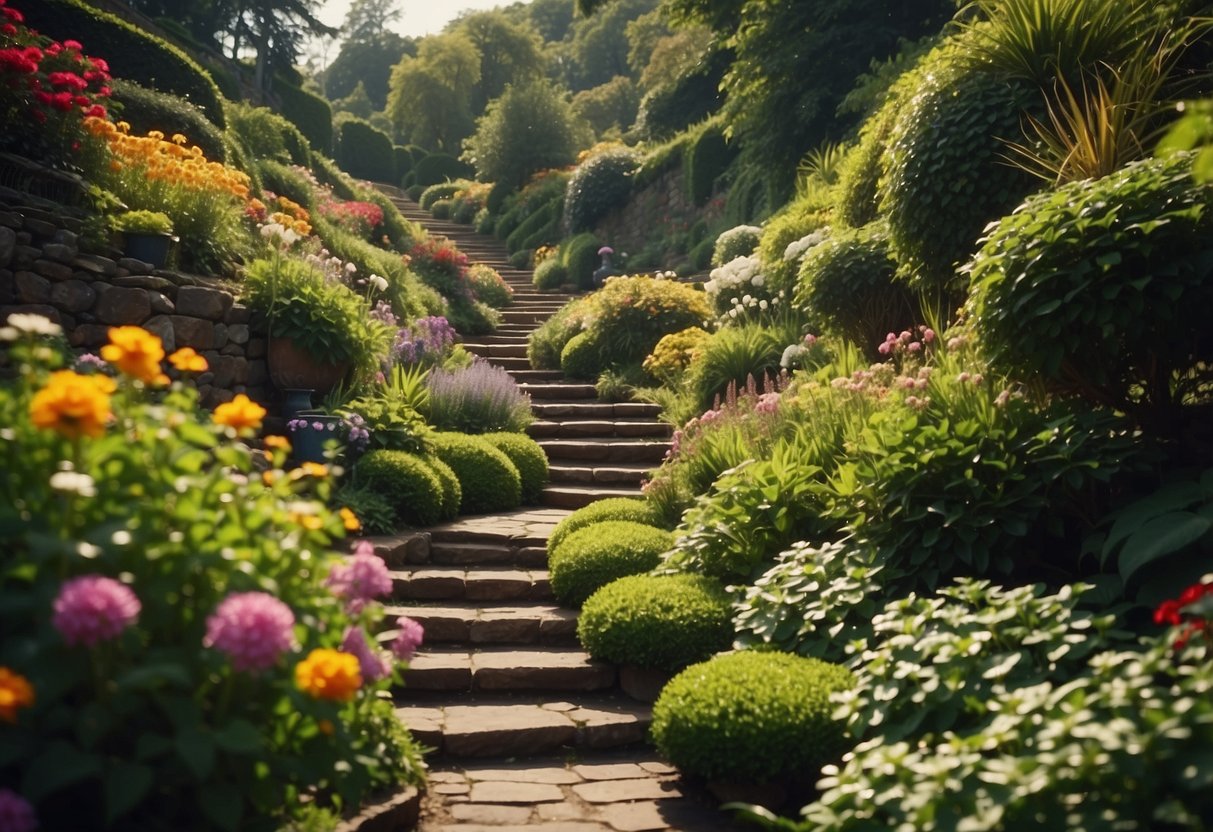
You’ll learn how to take advantage of the unique features of your sloped garden. From erosion control to maximizing sunlight, these ideas can help you create a stunning garden that not only looks good but thrives. Whether you’re dealing with a small incline or a large hillside, you’ll find tips to make your steep bank garden a success.
1) Terraced Flower Beds
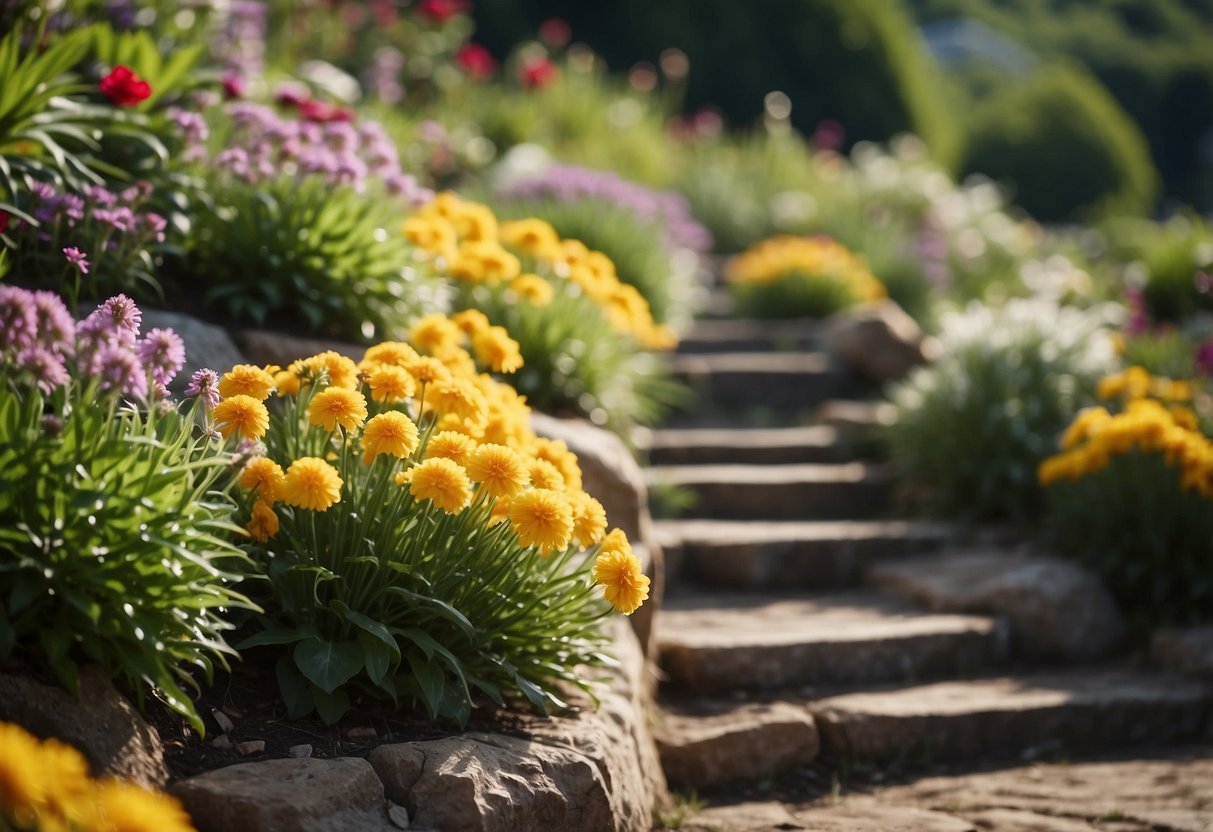
Terraced flower beds make gardening on steep banks easier. By creating levels or tiers, you can manage water flow and soil erosion better.
Use colorful plants on each level to add visual interest. Choose flowers that thrive in your climate and soil type.
Build retaining walls with stones or bricks to support each tier. These walls can also create small planting pockets, perfect for adding variety to your garden. For some ideas and tips, visit the article on terraced flower bed ideas.
2) Stone Retaining Walls
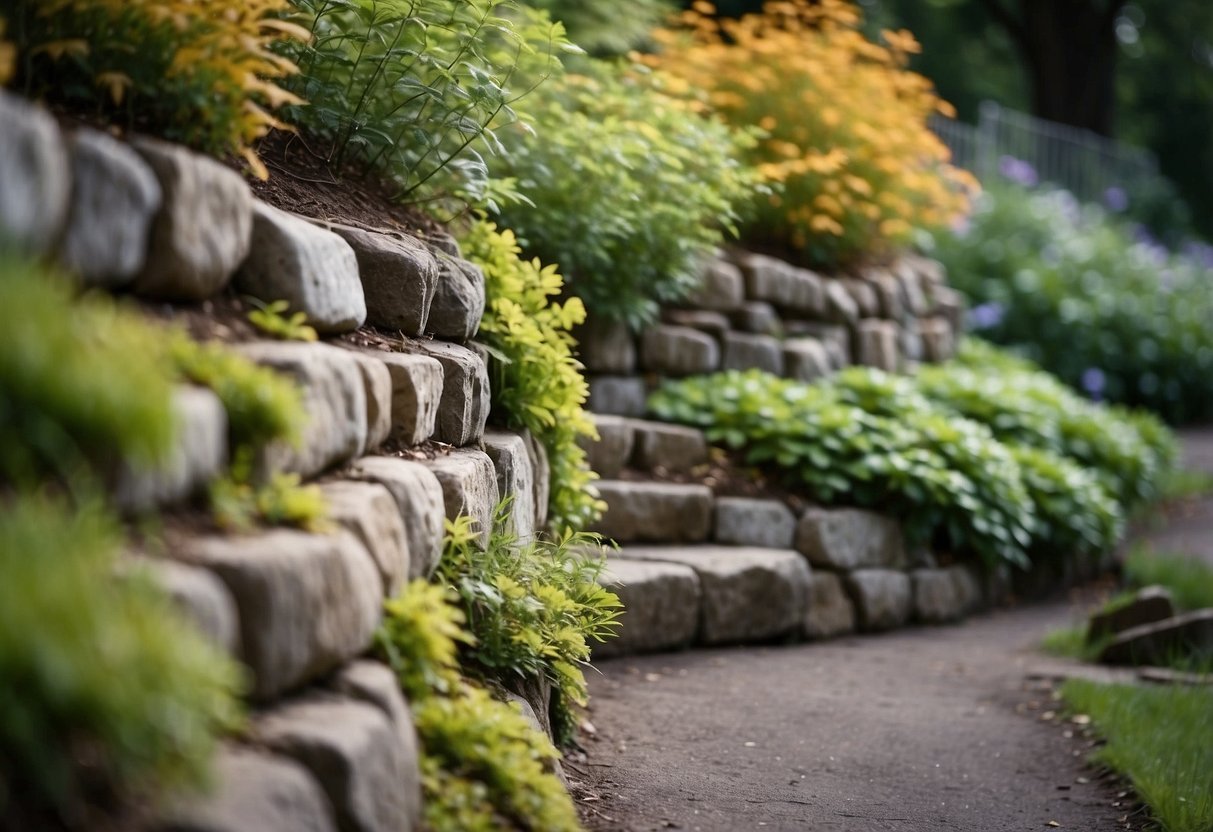
Stone retaining walls are a great way to handle a steep bank.
These walls help hold back soil and prevent erosion.
You can use rocks of different sizes to create a natural look.
Stack them carefully to ensure stability and strength.
Consider planting greenery around the wall for added beauty.
For more ideas, check out these inspiring retaining wall ideas.
3) Native Ground Cover Plants

Planting native ground cover plants helps with erosion control and adds beauty to your garden. Wild ginger and Virginia creeper are great options for shady spots. They thrive in zones 3-8 and zones 3-9, respectively.
Bunchberry is another excellent choice. It features white flowers in the spring and grows well in zones 2-7. You can find more details about these plants for hills and slopes here.
Choosing native plants supports local wildlife and creates a vibrant garden. They are well-adapted to your region and require less maintenance.
4) Slope vegetable garden
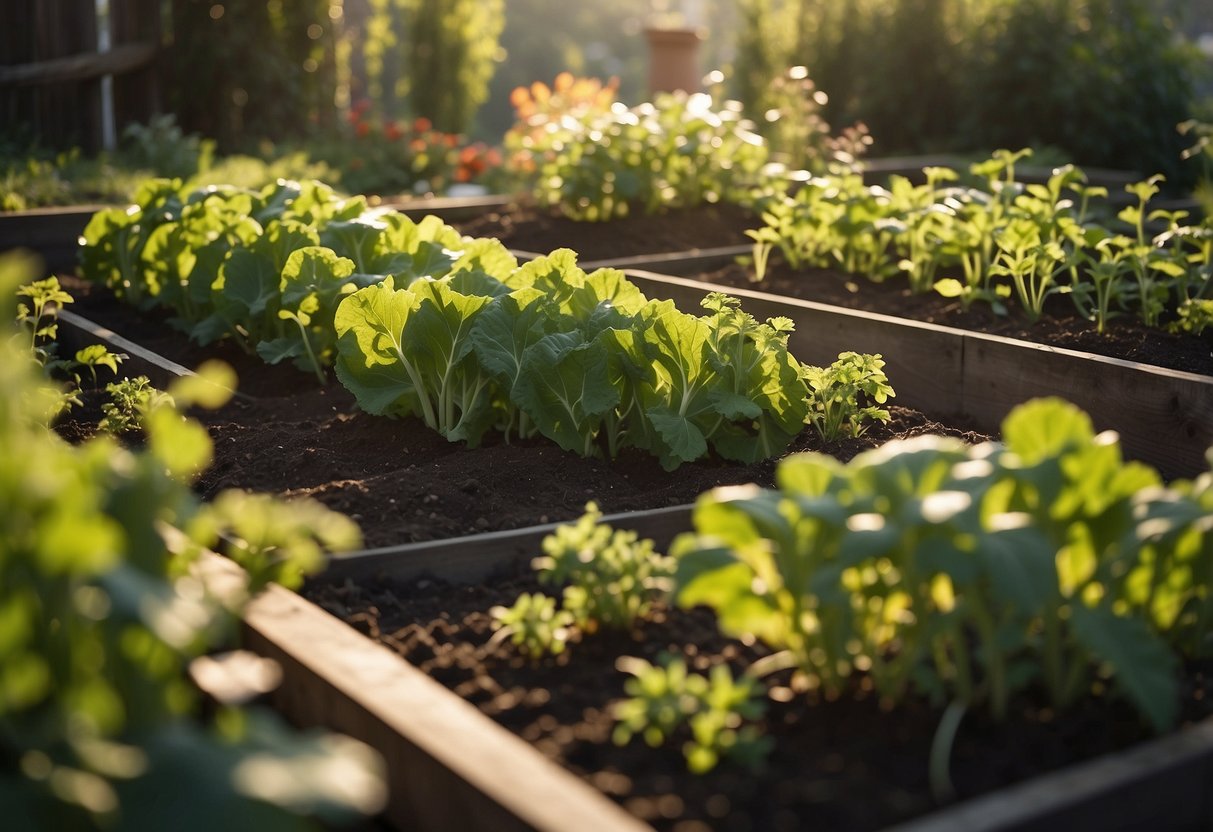
Creating a vegetable garden on a slope can be rewarding. To start, terrace the slope using retaining walls. This creates flat areas where you can plant.
Choose vegetables that thrive in well-drained soil, like tomatoes and peppers. You can also plant herbs such as rosemary and thyme.
Use mulch to retain moisture and reduce erosion. It helps keep the soil in place and your plants healthy. For more detailed ideas, explore hillside landscaping options at The Spruce.
5) Staircase Planters

Using staircase planters is a creative way to add greenery to your steep bank garden. You can place pots of various sizes on each step, making the most of vertical space.
Choose plants like creeping phlox or rock cress that thrive in crags and crevices. They’ll add beautiful color and texture to your steps. Get creative with colorful pots and mix different plant varieties for a vibrant display.
6) Wildflower Waterfall
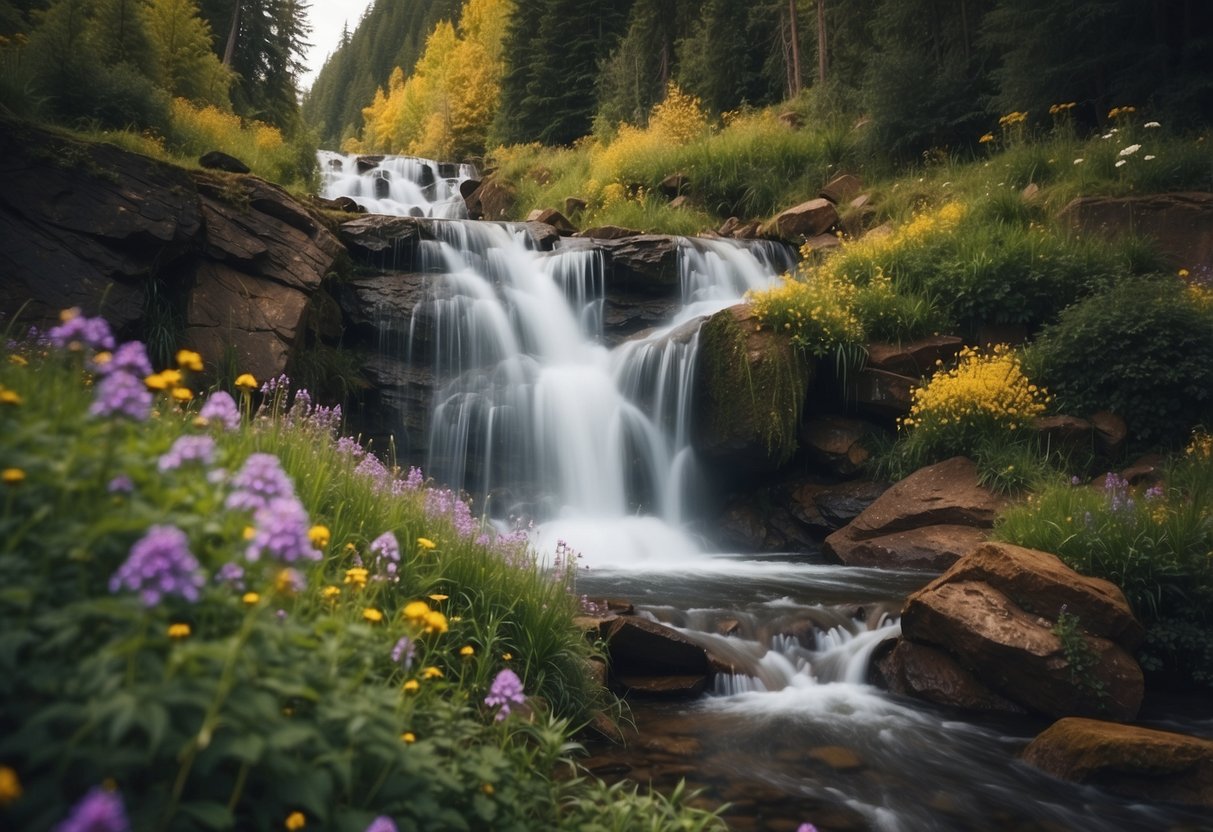
Imagine a wildflower waterfall tumbling down your steep bank! This is a stunning way to combine the beauty of wildflowers with the tranquil sound of flowing water.
A backyard waterfall is a great way to take advantage of a slope. It creates a dramatic effect and adds both visual and auditory interest.
You can plant wildflowers like black-eyed Susan, butterfly weed, and asters around the waterfall. These flowers will attract pollinators and create a vibrant, colorful display.
Ensure you have access to power for the water pump. An electrician can help with the installation. Enjoy your beautiful, serene wildflower waterfall!
7) Rock garden

Creating a rock garden on a steep bank can add beauty and stability.
Use large rocks to anchor the soil. Bury about one-third of each rock to keep them stable.
Plants that thrive in rocky terrains are a great choice.
Try using low-maintenance plants suited to your area’s lighting needs.
This will ensure a durable and attractive garden.
8) Fruit Tree Terraces
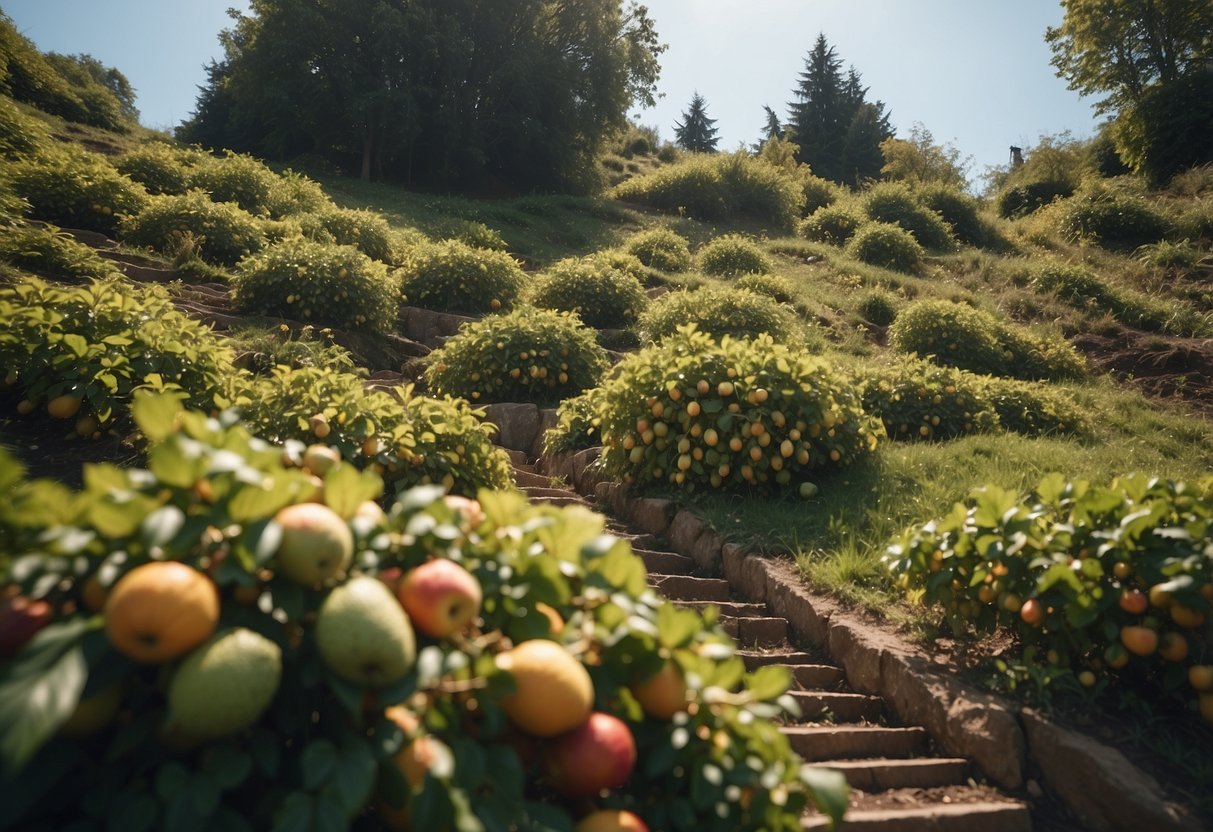
You can create terraces on a steep bank to plant fruit trees. Terracing helps to control erosion and water runoff. It also provides flat surfaces for planting.
Space your fruit trees at least 10 feet apart for smaller varieties. Larger trees need about 20 feet of space. This setup helps the trees get enough sunlight and nutrients.
Plant flowers and groundcovers between the trees to stabilize the soil. Consider adding plants that attract pollinators. Check out these terracing ideas to learn more.
9) Raised Garden Beds
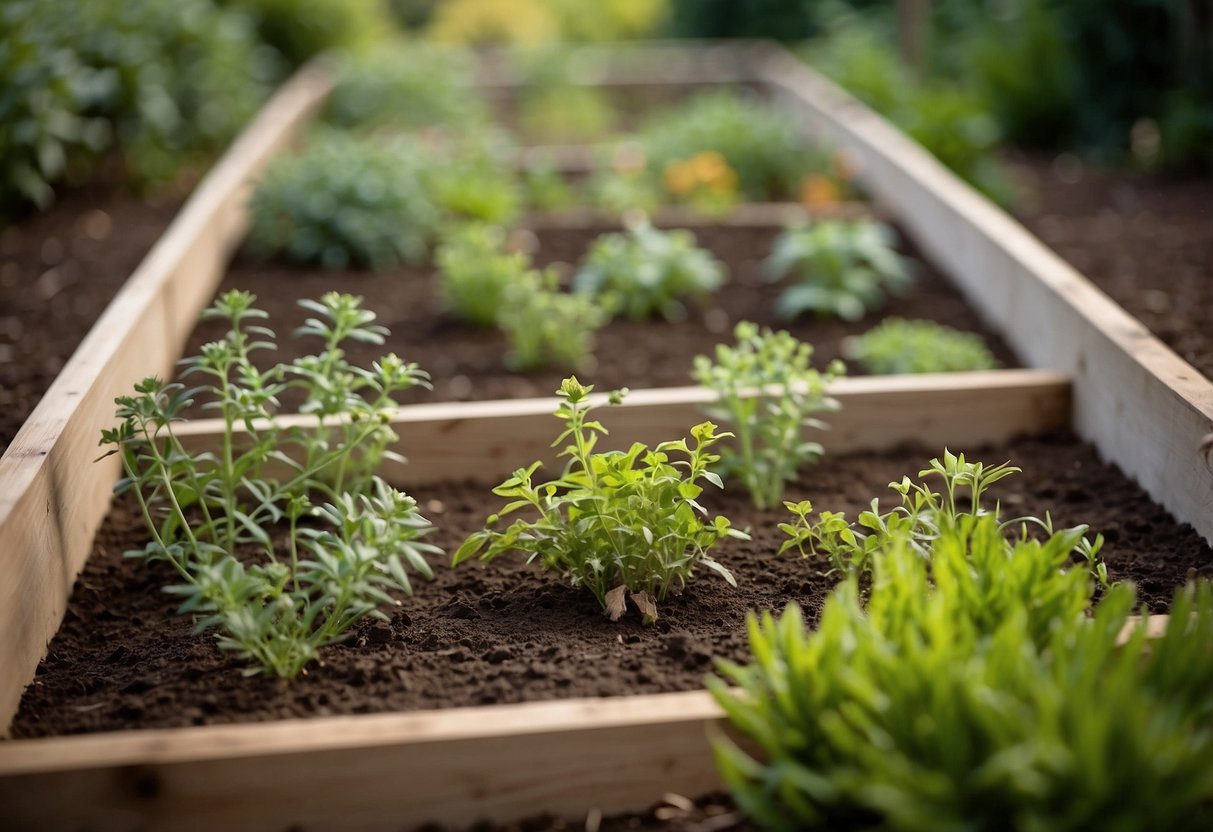
Raised garden beds are a fantastic option for gardening on a steep bank. They allow you to create a level planting area on uneven ground.
Using raised beds, you can control the soil quality and drainage better. This helps your plants grow more effectively in challenging conditions.
They also reduce erosion because the soil stays contained within the bed, preventing it from washing away. You can build raised beds from materials like wood, stone, or even recycled materials.
10) Herb Spiral

An herb spiral can be a great addition to a steep bank garden. It’s a raised, spiral-shaped bed, tall in the center and lower at the edges.
Using stones or bricks, you can build the spiral. Different levels provide various growing conditions, perfect for herbs like thyme, basil, and mint.
Herb spirals are also visually appealing and can maximize your gardening space. They are popular in permaculture design and help promote biodiversity.
Understanding Steep Bank Gardens
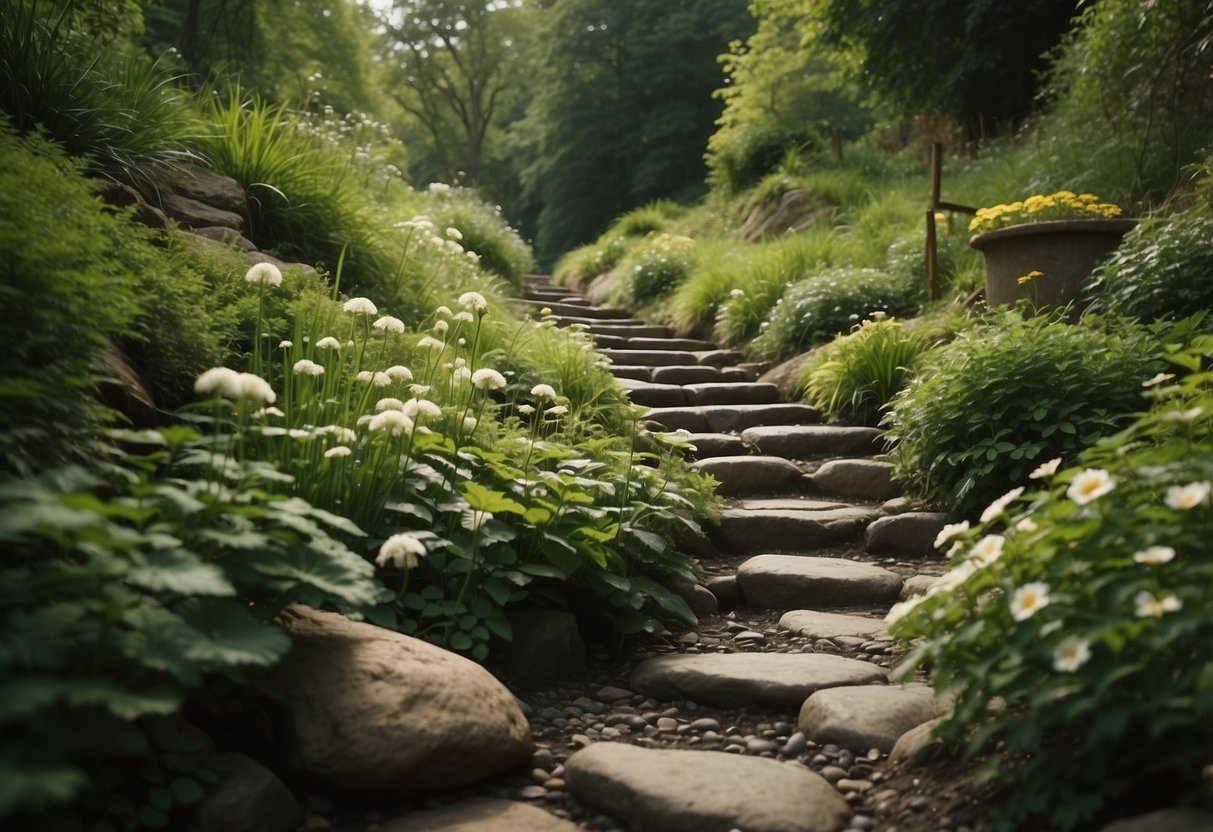
Steep bank gardens can turn a challenging landscape into a beautiful and functional space. By choosing the right plants and considering erosion control, you can create an attractive and sustainable garden on your slope.
Definition and Benefits
A steep bank garden is one designed on a sloped or uneven piece of land. It’s not only visually appealing but also practical.
Benefits include:
- Erosion Control: Planting deep-rooted shrubs and grasses can stabilize the soil.
- Aesthetic Appeal: Terracing and varied plants can create an eye-catching landscape.
- Utilizing Unused Space: You transform otherwise difficult terrain into a useful area for gardening.
Shrubs, trees, and ornamental grasses are excellent choices because they prevent erosion and improve soil structure, as noted by the RHS.
Challenges and Considerations
Gardening on a slope comes with unique challenges.
Main challenges:
- Erosion: Without proper planning, soil can easily wash away. Using groundcovers and mulch can help.
- Water Drainage: Slopes often have poor water retention. Install proper drainage systems to prevent water runoff.
- Soil Quality: Often, the soil on slopes is sandy or poor. Adding compost or manure improves soil health.
These considerations are vital to ensure your garden flourishes. For example, the Gardenia website suggests deep-rooted plants and proper drainage for best results.
Design Principles for Steep Bank Gardens
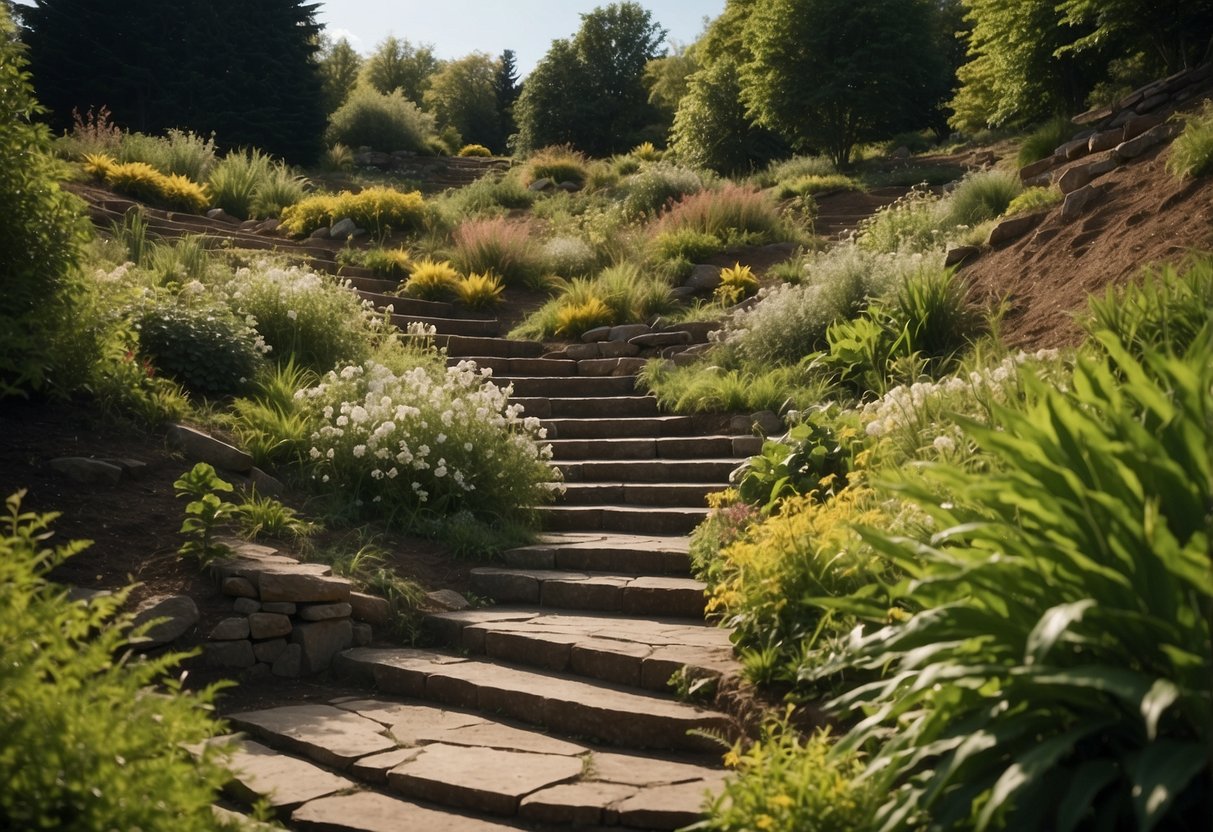
Creating a garden on a steep bank involves selecting plants that stabilize the soil and ensuring proper soil preparation and drainage to avoid erosion. Focus on deep-rooted plants, rich soil composition, and efficient water runoff methods.
Choosing the Right Plants
Choosing the right plants for a steep bank is crucial to prevent erosion and enhance beauty. Deep-rooted plants like ornamental grasses, shrubs, and certain trees help anchor the soil. These plants have strong roots that penetrate deeply, providing stability.
Consider using ground covers such as creeping juniper or vinca minor. These spread quickly, offering soil protection and reducing maintenance.
Native plants are often ideal as they are adapted to the local climate and soil, making them more resilient. They might include options such as switchgrass or coneflowers. Mixing different plant types can create a visually appealing and functional garden.
Soil Preparation and Drainage
Soil preparation is key for a successful steep bank garden. Start by evaluating the soil’s quality. If it’s poor, amend it with compost or organic matter to improve fertility and structure. This helps plants root deeply.
Drainage is equally important. Without good drainage, water can accumulate, causing erosion or plant damage. Incorporate drainage solutions like French drains or retaining walls. These systems direct excess water away from vulnerable areas.
Creating terraces can also help manage water flow and provide level planting areas. This can be done using stone or timber, which integrates well with the garden’s natural look. Ensure that each terrace has proper drainage to prevent water buildup.
Maintenance Tips

Maintaining a garden on a steep bank requires special care. You’ll need to focus on proper watering techniques and preventing soil erosion to keep your garden healthy and thriving.
Watering and Irrigation
Watering on a slope can be tricky because water tends to run off quickly. Install a drip irrigation system to provide a slow, steady water supply directly to plant roots.
Mulching is another tip. Use a layer of biodegradable mulch, such as wood chips or straw, to retain moisture. Mulch also helps to reduce water run-off and keep the soil cool.
Check the soil moisture regularly. Use a soil moisture meter or simply stick your finger in the soil to check if it’s dry below the surface.
Group plants with similar water needs together. This way, you can water them efficiently without over-watering or under-watering.
Erosion Control Methods
Erosion is a big challenge on steep slopes. One effective method is planting ground covers. Plants like creeping phlox and sedum can anchor the soil. Their roots grow quickly and hold the soil in place.
Install terraces or retaining walls to create flat planting areas. These not only look attractive but also significantly reduce soil erosion.
Another tip is to use erosion control blankets. These biodegradable blankets can be laid over the soil to keep it from washing away while plants establish their roots.
Lastly, adding rocks and mulch can also help. Rocks can create natural barriers, while a thick layer of mulch protects the soil from being washed away by rain.







